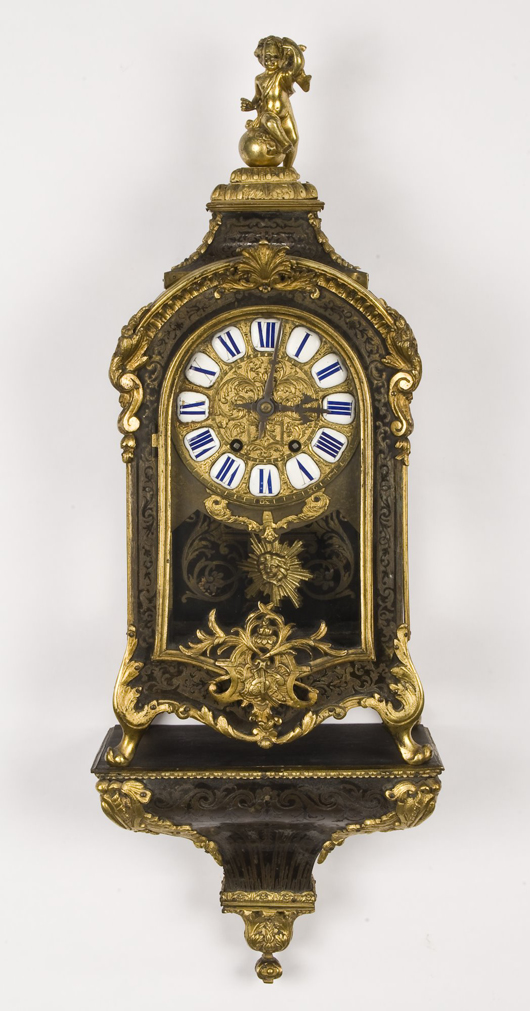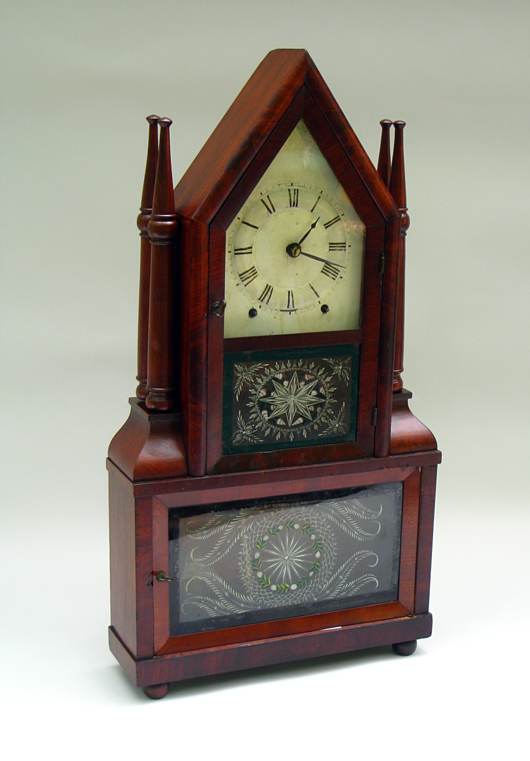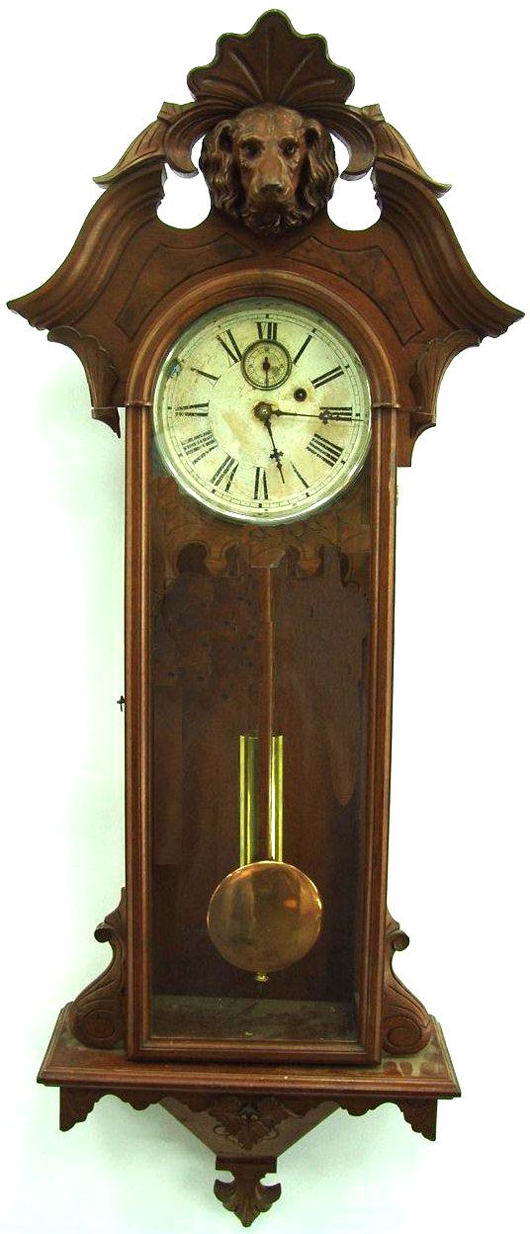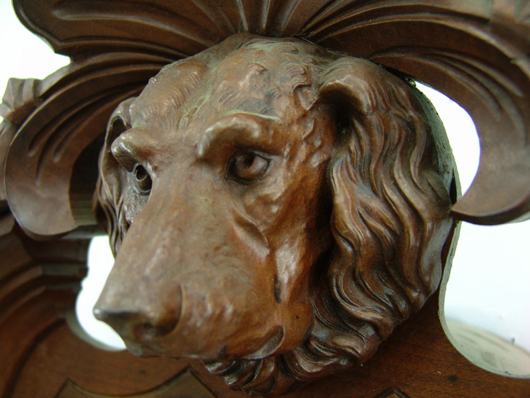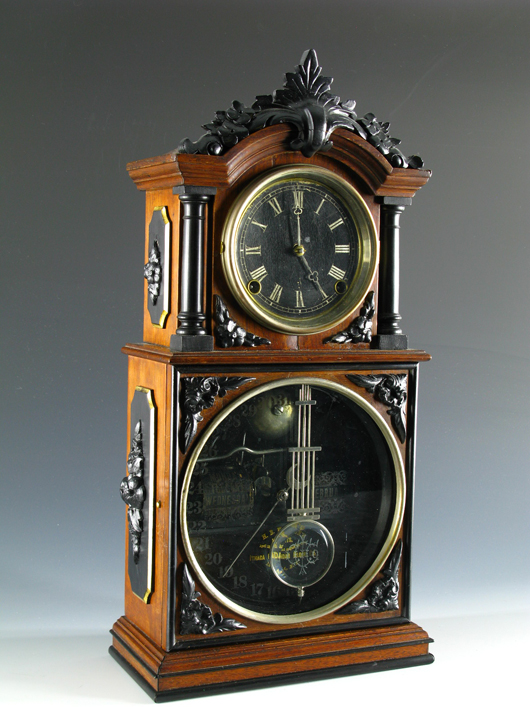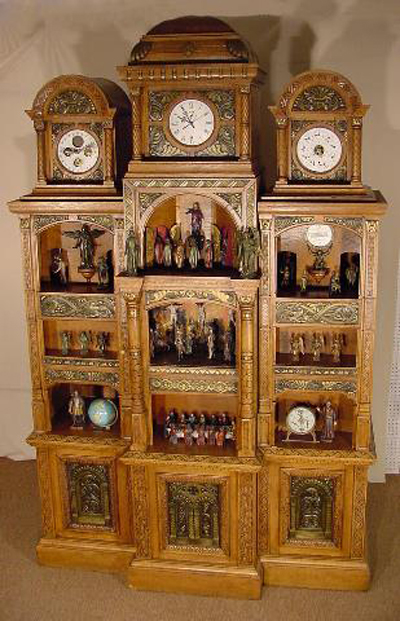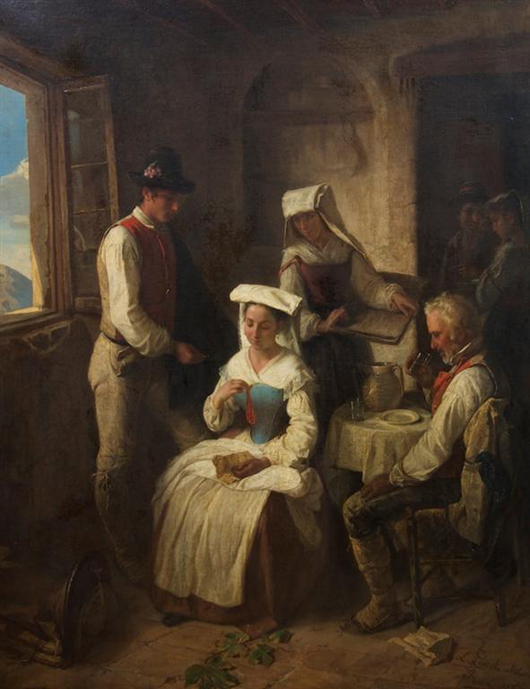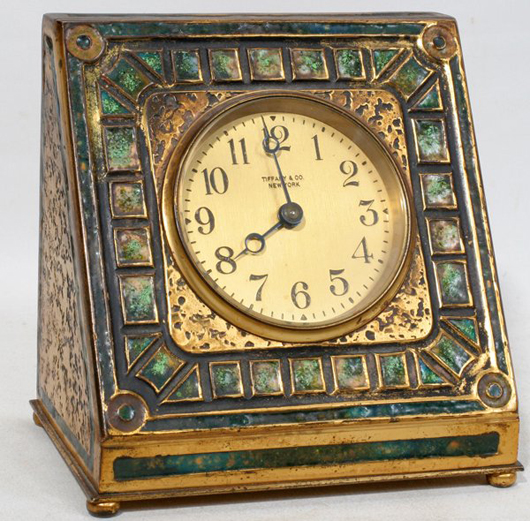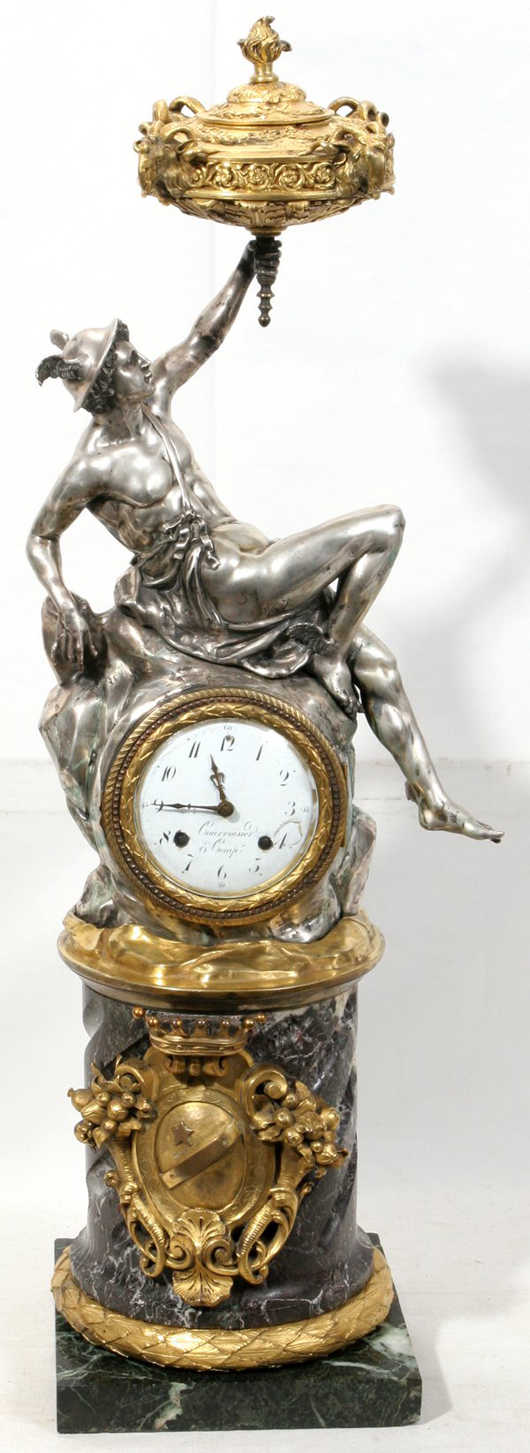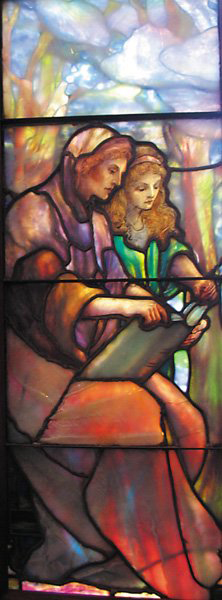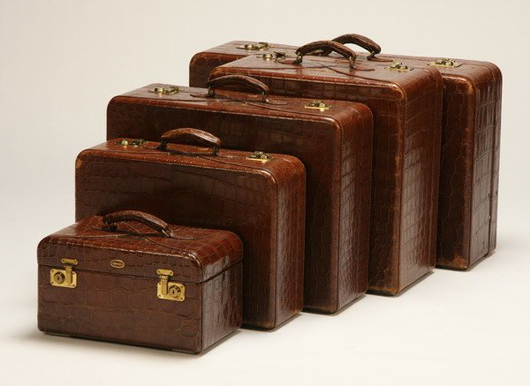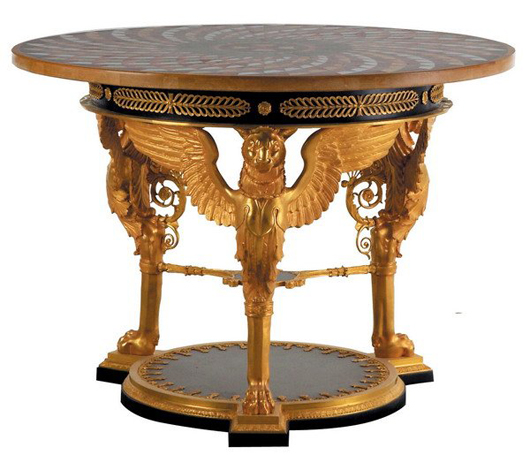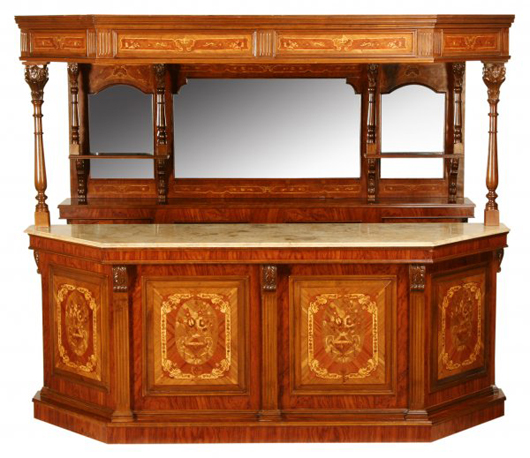LONDON (AP) – It only took eight minutes for a wiry sculpture of a striding man to make history.
After a brief but intense bidding war involving at least 10 prospective buyers, Alberto Giacometti’s Walking Man I sold at Sotheby’s in London for just over $104.3 million, by a hair the highest price ever paid for an artwork at auction. [ACN Ed.- Skate’s Art Market Research wrote on Feb. 5, 2010 that, while reserving judgment, the Giacometti may or may not have set a new record, depending on which bank’s rate of exchange is used for the conversion.]
“We were euphoric when the hammer came down,” Melanie Clore, co-chair of Sotheby’s impressionist and modern department, said Thursday.
With good reason. More than a year after the global financial meltdown sent values plummeting, art masterpieces are again the commodity of choice for the world’s superrich, and jaw-dropping prices are back.
At current exchange rates, the sale price for Walking Man – which includes buyer’s premium – beats the previous auction record of $104.17 million paid in New York in 2004 for Pablo Picasso’s Boy With a Pipe (The Young Apprentice).
At the same Sotheby’s sale on Wednesday, Gustav Klimt’s landscape Church in Cassone sold for $42.4 million, almost double the expected price. Just over half the lots went for more than their highest pre-sale estimate.
On Monday, rival auction house Christie’s made a solid $121 million at its impressionist and modern sale, with Picasso’s Tete de Femme (Jacqueline) selling for $12.7 million, double expectations.
Christie’s said the results signaled “a buoyant market,” with previously reluctant sellers bringing masterpieces out of the woodwork and wealthy collectors eager to snap them up.
It all looked very different a year ago, when the hedge fund managers and private equity millionaires who had fueled the boom were reeling from the near-collapse of the global banking system.
On Sept. 15, 2008, Sotheby’s started a two-day auction of works by Britart star Damien Hirst that would generate almost $200 million and come to be seen as the end of an era. The same day, Lehman Brothers bank collapsed and the global economy tipped into crisis. The major auctions of contemporary art later that year generated at least a third less money than predicted and many works went unsold. Auction houses slashed prices as collectors held back from putting works up for sale.
Recently, there have been signs of a turnaround. Last November in New York, Sotheby’s sold Andy Warhol’s silk-screen painting 200 One Dollar Bills for almost $44 million, quadruple the pre-sale estimate. Overall, prices there and at Christie’s were stronger than a year earlier.
“I think that confidence will return even more with these big prices,” said Georgina Adam, editor at large of The Art Newspaper.
Experts caution that this week’s results don’t signal a return to the boom of the last decade, when even mediocre works sold for millions.
“I think it would be premature, and possibly stupid, to think that the art market is just going to race along,” said Judd Tully, editor at large of Art and Auction magazine. “I think it does indicate that there are at least a handful of ultra-rich individuals who want these world-class trophies.”
Sotheby’s attributed Giacometti’s high price to its rarity – the 1961 work is the only cast of the walking man figure created during the Swiss artist’s lifetime that has ever come to auction.
Sotheby’s did not identify the nationality of the work’s buyer, an anonymous telephone bidder. Speculation centered on what Adam called “the usual suspects” – Russian oligarch Roman Abramovich, who spent $120 million on two paintings by Francis Bacon and Lucian Freud in 2008; an American art-lover such as Microsoft co-founder Paul Allen; or a collector from a Gulf emirate such as Abu Dhabi, currently building branches of the Louvre and the Solomon R. Guggenheim museums.
The next test of the market will come next week, when the major London houses hold sales of contemporary art. Sotheby’s and Christie’s both predict they will make at least double last year’s tepid results.
Market-watchers are optimistic, but cautious.
“We had this extraordinary bubble in the art market, especially the contemporary art market, and I don’t think it has reinflated on the back of this one sale,” said Robert Read, head of art and private clients at insurer Hiscox.
“We have returned to normality, but we’d forgotten what normality was.”
___
On the Net:
Christie’s: www.christies.com
Sotheby’s: www.sothebys.com
AP-WS-02-04-10 1452EST
Copyright 2010 Associated Press. All rights reserved. This material may not be published, broadcast, rewritten, or redistributed.






